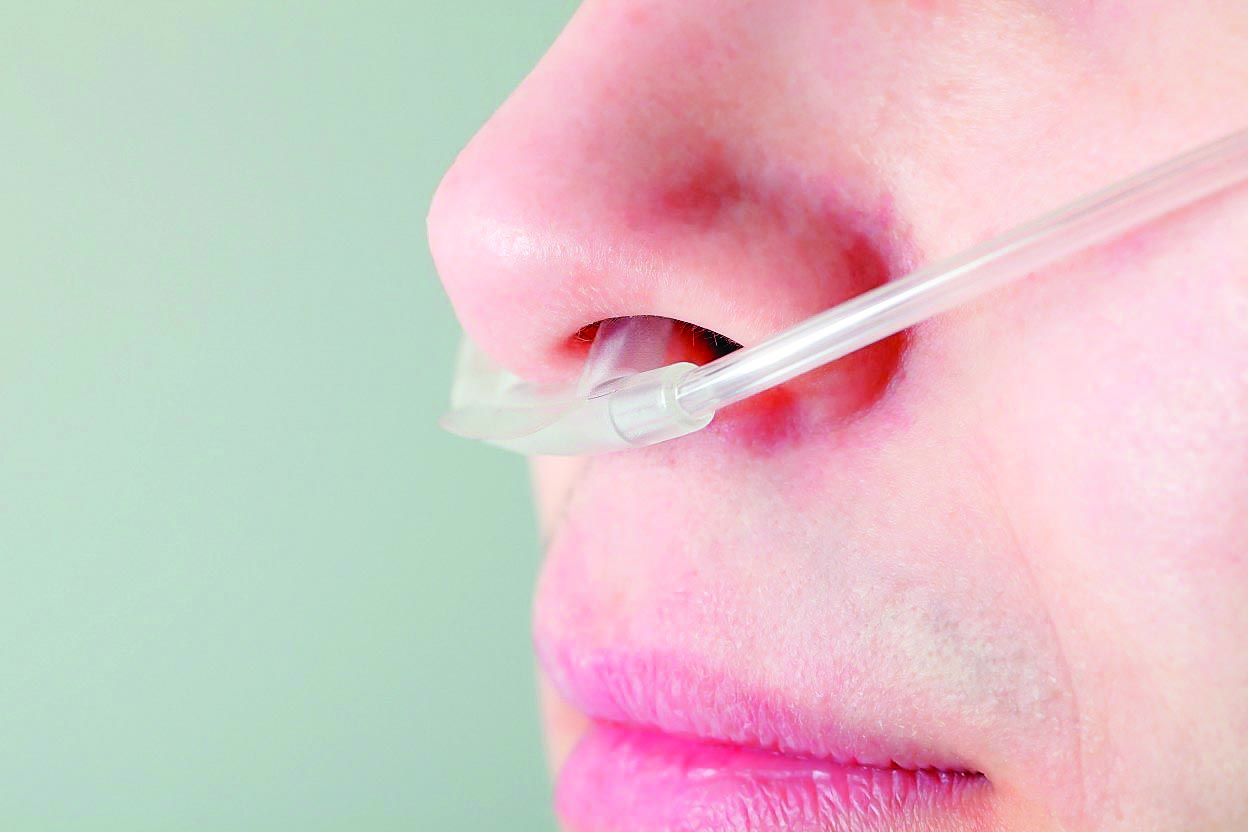
Oxygen is a vital gas essential for human survival and has been used for centuries as a supplemental therapy for respiratory failure, hypoxemia, and other conditions. Its main objective is to maintain normal oxyhemoglobin saturation to ensure adequate oxygen delivery to all tissues in the body. A decrease in oxygen levels can result in adverse effects on various organs, including respiratory system, cardiovascular system, and brain. Oxygen therapy should only be used to correct hypoxia or hypoxemia, not to relieve breathlessness without assessing the cause. No study has shown any benefit of oxygen supplementation to relieve dyspnea without hypoxemia.
Hypoxemia is defined as the presence of abnormally low oxygen tension in the blood. It is commonly seen in clinical conditions like lower respiratory tract infections, diffuse parenchymal lung diseases, bronchiectasis, bronchiolitis, upper airway obstruction, severe obstructive airways disorders, acute respiratory distress syndrome, acute pulmonary edema, pulmonary vascular diseases, pleural disorders, lung malignancies, neuromuscular disorders, chest wall disorders, cardiac arrest, trauma, carbon monoxide poisoning, and obstetric and perioperative emergencies.
Oxygen delivery devices can be classified into hyperbaric and normobaric. Hyperbaric oxygen therapy involves breathing pure oxygen under high atmospheric pressures and is situations like carbon monoxide poisoning, arterial gas emboli, decompression sickness, necrotising soft tissue infections such as gas gangrene, non-healing radiation injuries, crush injury and compartment syndrome, refractory osteomyelitis etc. Normobaric oxygen is the one which is commonly used in day-to-day medical practice. The choice of delivery system depends on the degree of hypoxemia, requirement for consistent and precise oxygen delivery, and patient comfort.
Low flow oxygen delivery devices are used to meet the entire inspiratory demand of a patient, mixing oxygen with entrained room air. These devices include nasal cannulae, nasal catheters, transtracheal catheters, simple masks, and reservoir masks. Nasal cannulae can deliver up to 1 to 6 liters of oxygen per minute (L/min), with a fraction of inspired air (FiO2) of 0.24 to 0.44. Nasal catheters are uncomfortable and require repositioning every 8 hours. Transtracheal catheters bypass the anatomical dead space of upper airways, effectively using the upper airway as an oxygen reservoir during expiration.
Simple masks can deliver up to 5-10 liters of O2 per minute, achieving an FiO2 of 0.35 – 0.55. Reservoir masks, such as partial rebreathing masks, can deliver FiO2 of up to 0.6 to 0.8, allowing rebreathing of exhaled gases from the dead spaces. Non- rebreathing masks prevent rebreathing of the exhaled air and can deliver higher FiO2 of 0.95 with oxygen at flow rates of 10 – 15 L/min. The FiO2 delivered to the patient by a low flow oxygen delivery device depends on three factors: the patient’s tidal volume, respiratory rate, and ventilatory pattern, and the size of the available reservoir.
High flow oxygen delivery systems, based on the Venturi modification of Bernoulli principle, provide consistent and predictable FiO2 without affecting the patient’s ventilatory pattern. These devices include Venturi Masks, High-Flow Nasal Cannulae (HFNC), Air-Oxygen Blenders, and Oxygen Conserving devices.
Venturi Masks are used to provide consistent and fixed FiO2 and are ideal for patients with blunted hypercarbic respiratory drive, hypoxemia, or abnormal ventilatory patterns. High-Flow Nasal Cannulae (HFNC) oxygen therapy has gained attention due to its ability to achieve FiO2 ranging from 0.21 to 1.0 with flows of up to 60 L/min. Air-Oxygen Blenders convert high pressure wall sources of compressed air and oxygen to predictable flows up to 100 L/min with a constant FiO2 range of 0.21 – 1.0.
Oxygen conserving devices minimize wastage and enhance patient compliance by storing oxygen during exhalation and delivering it as a small bolus during inspiration. These devices can be used in transtracheal catheters, reservoir nasal cannulae, or electronic devices that deliver a short bolus of oxygen in early inspiration.
However, Oxygen therapy like any other therapy should be used judiciously. While oxygen is life saving in most situations, it can also exert deleterious effects in certain other situations.
The author is the Principal Director & Head Pulmonology, Max Super Speciality Hospital Saket















